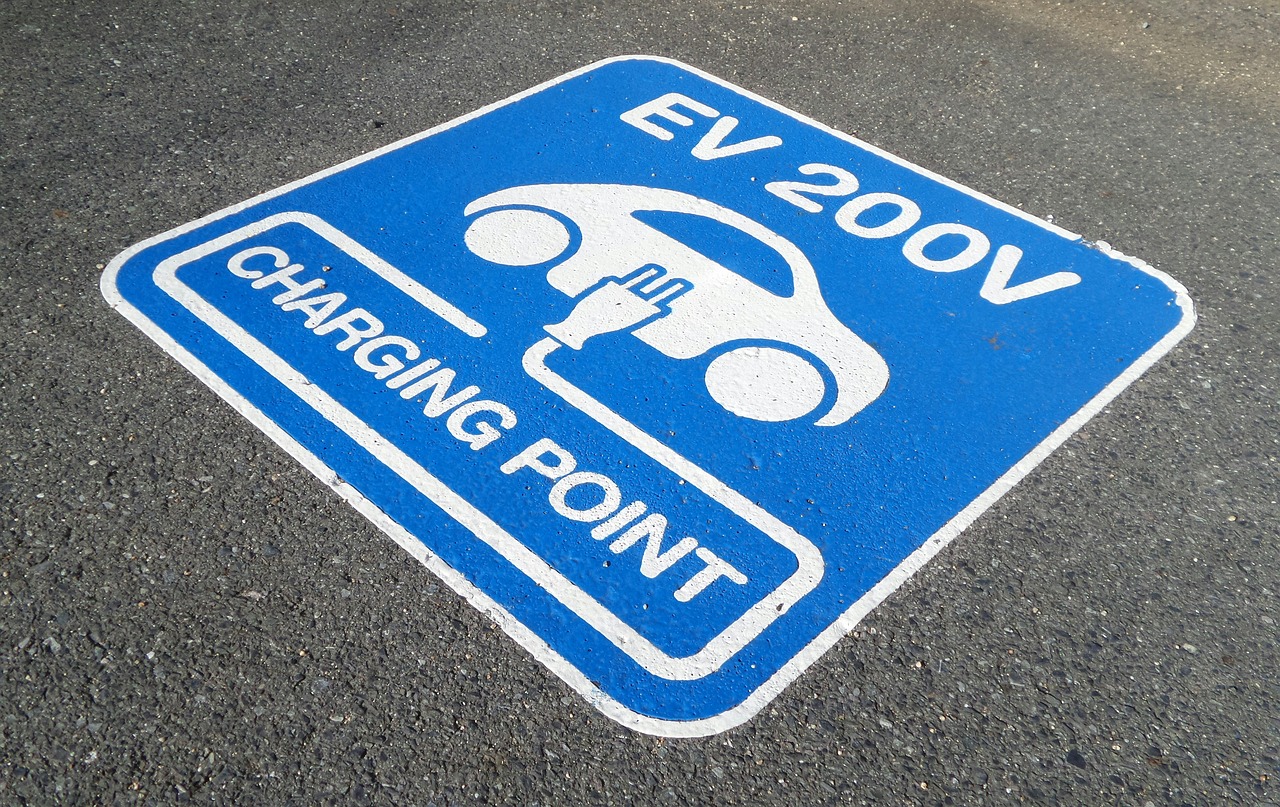The Future of EV Charging Infrastructure
Once a rarity, electric vehicles are fast becoming a common sight on the open road. In fact, one out of ten new cars sold in 2022 was fully electric. Experts predict that by 2030, EVs will represent half of all new car sales, setting the stage for an EV takeover by the time we reach the middle of the 21st century.
As EV production ramps up and new EV models are unveiled, so do efforts to provide the necessary infrastructure. For millions of electric vehicles to be on the road simultaneously, there needs to be a sufficient number of charging stations and charging solutions. Otherwise, the dream of an all-electric future will become a logistical nightmare.
The good news is that many things are being done to ensure there’s adequate charging infrastructure for the millions of EVs that will be sold in the coming years. Let’s take a look at the future of electric vehicle charging infrastructure:
More Charging Stations
The number of electric vehicle charging stations will increase rapidly to meet the growing demand for electric vehicles. New charging stations will be installed in cities, suburbs, and rural areas to make it easier for drivers to charge their vehicles. As of now, the majority of EV charging stations are found in major cities, which limits the feasibility of EV ownership for millions of people living elsewhere. The only solution is to establish a network of charging stations across the map in the same manner in which gas stations were built during the 20th century.
Faster Charging Speeds
As of now, there are three charging levels corresponding with charging speed: level 1 is the slowest, while level 3 is the fastest. While level 3 charging speed is impressive, it’s not fast enough to handle the charging demands that will come when more EVs hit the road. The charging time of EVs will be reduced significantly due to the development of high-speed charging technologies. This will make charging more convenient and increase the range of EVs.
Battery Technology Advancement
Advances in battery technology will increase the range of EVs and reduce the need for frequent charging. This will also make EVs more practical for long-distance travel.
Renewable Energy Integration
More EV charging stations will be powered by renewable energy sources like solar and wind power. This will make EVs even more environmentally friendly and reduce their carbon footprint.
Smart Charging
Charging stations will be equipped with smart technology that can optimize charging times and reduce energy consumption. This will also allow for better power grid management during peak usage hours. EV charging infrastructure will also be integrated with smart city technology to allow for more efficient and sustainable transportation. This will involve the use of data and analytics to optimize the use of EVs and charging stations.
Wireless Charging
Wireless charging technology is already being developed for EVs. In the future, it is possible that EVs will be able to charge wirelessly while driving on certain roads or parking in certain areas.
Standardized Charging Connectors
As the number of EV models increases, there will be a need for standardized charging connectors to make it easier for drivers to charge their vehicles at any station. Otherwise, EV motorists will be constantly tasked with finding a charging station that meets their vehicle’s connector requirements. Imagine if that were the case with traditional gas-powered vehicles!
Increased Private Investment
Private companies will invest more in EV charging infrastructure as the demand for EVs grows. This will lead to more charging stations in more locations. From dentist offices to department stores, virtually every brick-and-mortar business will likely have multiple charging stations available in their parking lots and garages.
Increased Government Incentives
Governments will continue to provide incentives for the installation of EV charging stations. This will help accelerate EV adoption and make them more accessible to a wider range of consumers.
Electric vehicles are on their way to becoming the standard form of automotive transportation, with gas-powered cars slowly making their way into the ash heap of history. That said, we still have a lot to do before we get there, starting with implementing EV charging infrastructure.

